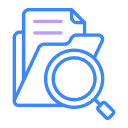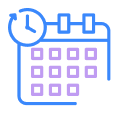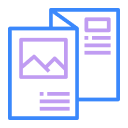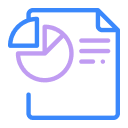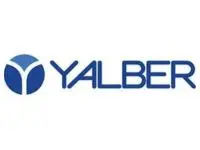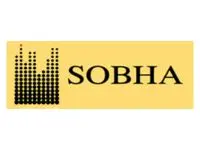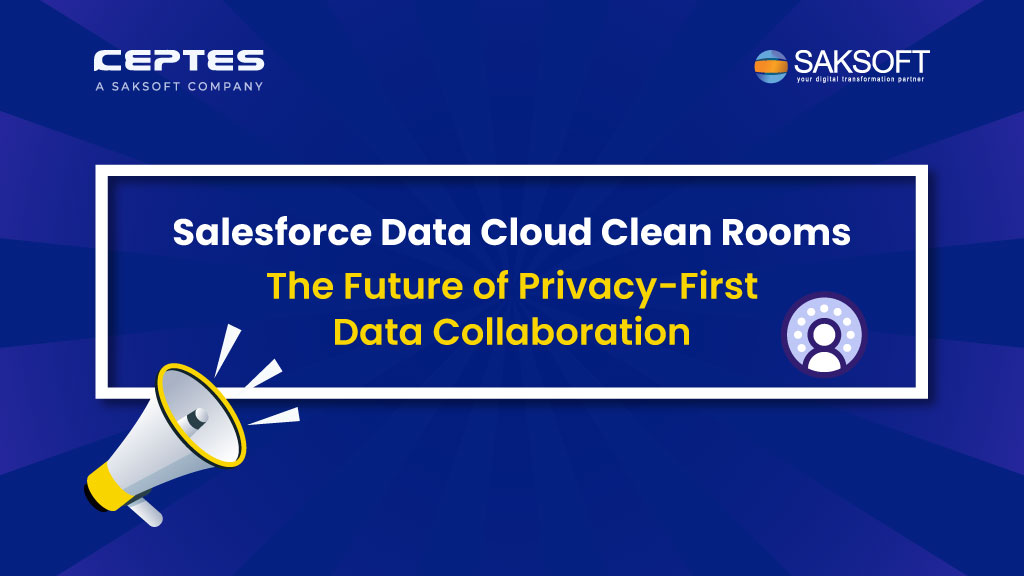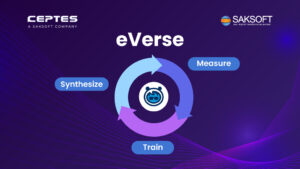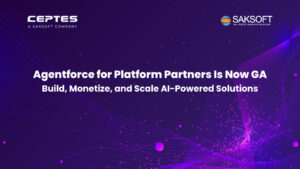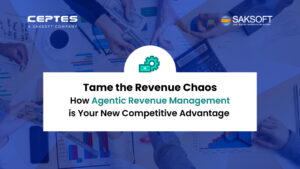In today’s data-driven world, collaboration between brands, advertisers, and publishers is crucial—but so is protecting customer privacy. Organizations are under intense pressure to use data responsibly and comply with evolving regulations while still gaining valuable insights to power personalized marketing. Enter Salesforce Data Cloud Clean Rooms – a cutting-edge solution that enables secure, privacy-enhanced data collaboration without exposing raw data.
This blog dives deep into what Clean Rooms are, why they matter, real-world use cases, and how Salesforce is shaping this essential capability for marketers and data teams. Plus, get actionable insights for unlocking the full potential of Clean Rooms today.
What Are Clean Rooms in Salesforce Data Cloud?
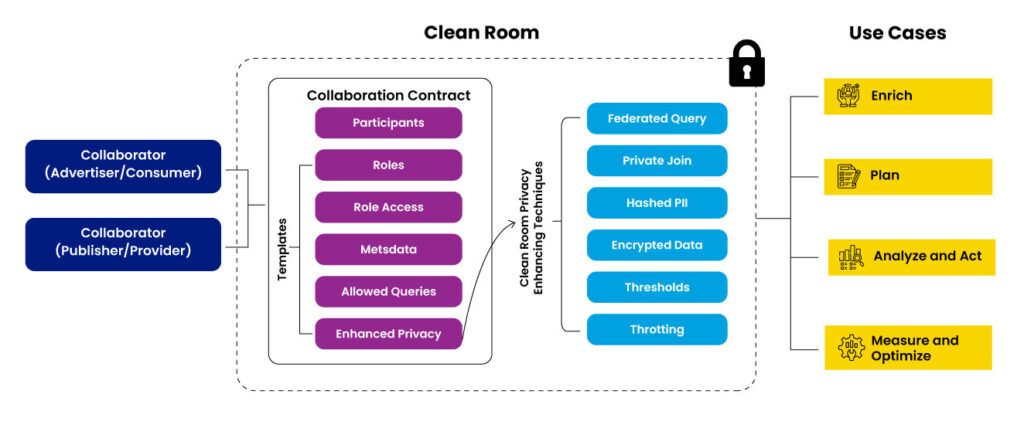
A Data Cloud Clean Room is a highly secure environment that allows multiple parties—such as advertisers and publishers to collaborate and analyze combined data sets without directly sharing sensitive or raw data with one another. Using privacy-preserving techniques like:
- Private joins of hashed personally identifiable information (PII)
- Federated queries executed without moving data physically
- Query constraints, thresholds, and throttling to protect data privacy
In Salesforce Data Cloud, Clean Rooms come with pre-built Use Case Templates that streamline privacy-compliant collaboration workflows for scenarios like audience overlap analysis. They also integrate natively with Data Cloud features such as Data Model Objects (DMOs), AI-based insights, and reporting dashboards.
Why Clean Rooms Matter Today
Brands and publishers want to collaborate on audience insights to optimize marketing spend and deliver personalized experiences. However, exposing raw customer data to third parties risks compliance violations, brand trust erosion, and costly fines.
Clean Rooms address these challenges by delivering:
- Privacy-safe Collaboration: Enforce strict governance while unlocking insights across datasets
- Compliance and Trust: Mitigate regulatory risks with encrypted, governed data joins
- Accelerated Time to Value: Leverage out-of-the-box templates to reduce setup times from months to days
- Cost Efficiency: Avoid costly compliance breaches and manual audit overhead
As an example, a marketer can use a Clean Room to securely identify where their loyalty program members intersect with a publisher’s audience, enabling precise targeting without sharing the underlying personal details.
Key Use Cases for Salesforce Data Cloud Clean Rooms
Salesforce Data Cloud Clean Rooms provide a secure, privacy-enhanced environment that enables advertisers, publishers, and data partners to collaborate on valuable audience insights without exposing sensitive raw data. These clean rooms empower organizations to leverage shared data responsibly and compliantly for marketing optimization, data monetization, and AI-driven decision-making. The following key use cases highlight how Data Cloud Clean Rooms deliver impactful business value.
Segment Reach and Overlap
This use case facilitates identifying where target audience segments intersect between different data providers, such as advertisers and publishers. By analyzing these audience overlaps, marketers can prioritize media buys with partners who share high-fit segments, increasing campaign precision and effectiveness. It also supports co-marketing campaign planning by aligning on shared segments, enabling tailored messaging and promotions that resonate with overlapping customer profiles. The clean room enforces privacy by providing aggregated, anonymized reach and overlap metrics, ensuring compliance while delivering actionable insights.
Compliance-Driven Data Collaboration
Salesforce Data Cloud Clean Rooms enable organizations to collaborate on first-party data with trusted partners while maintaining strict compliance with privacy regulations. The platform enforces query constraints such as minimum thresholds and throttling to prevent data leakage or re-identification of individuals. Audit logs record all query activity, providing transparency and governance for data collaborations. This use case is crucial for mitigating compliance risks, avoiding costly breaches, and building trust across data-sharing partnerships.
Data Monetization & Media Planning
Publishers leverage clean rooms to demonstrate the value of their premium audience segments to advertisers through secure, data-driven overlap insights. By showcasing the size, demographics, and affinities of intersecting segments without exposing underlying raw data, publishers can justify premium pricing and unlock new monetization opportunities. Advertisers benefit from selecting media partners with the highest reach and audience fit for optimized campaign ROI. This use case enhances media planning effectiveness and fosters mutually beneficial commercial partnerships grounded in trust and data privacy.
AI-Enabled Audience Insights
Integration with Salesforce’s Agentforce AI allows users to automate analysis and decision-making based on data accessed in clean room queries. The AI can interpret segment overlap results and generate recommendations for next steps such as audience enrichment, targeting adjustments, and activation strategies. This accelerates time-to-value by reducing manual analysis and enabling data-driven, intelligent marketing actions. AI-driven insights from the clean room support continuous campaign optimization while respecting privacy and governance guardrails.
Salesforce Data Cloud Clean Rooms empower organizations to unlock collaborative value from their data partnerships through privacy-safe audience insights, compliant data sharing, revenue-generating monetization, and AI-augmented marketing intelligence. These use cases address critical customer needs around data privacy, media effectiveness, and operational efficiency in today’s complex data ecosystem.
How Salesforce Data Cloud Clean Rooms Work: A Simplified Workflow
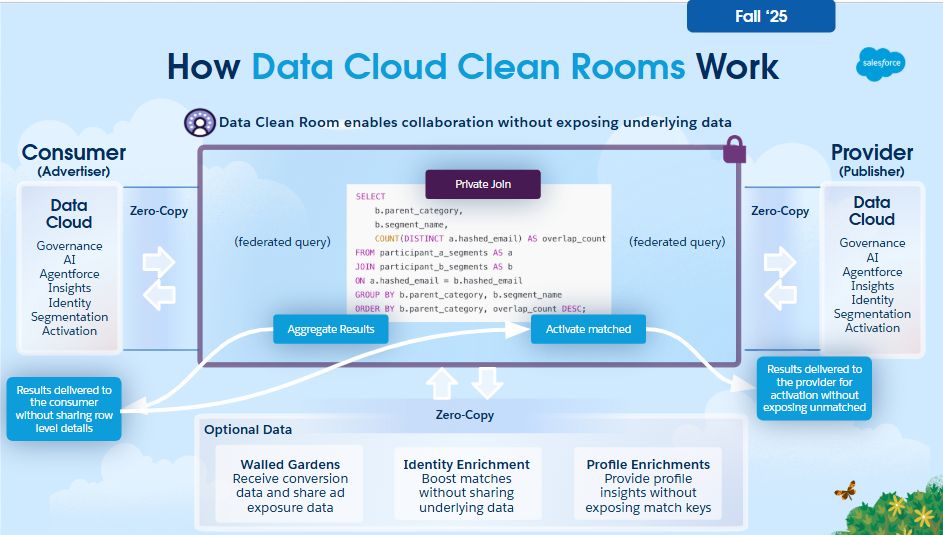
Real Benefits for Businesses
By leveraging Clean Rooms in Salesforce Data Cloud, organizations can unlock significant real-world benefits that enhance their marketing, compliance, and operational efficiency.
- Optimize acquisition costs with smarter targeting informed by precise audience overlap: Clean Rooms enable advertisers and publishers to securely collaborate on audience data without directly sharing raw information. This collaboration provides deep insights into where target audiences overlap, allowing businesses to identify high-value segments more accurately. As a result, marketing campaigns can be more precisely targeted, reducing wasted spend and increasing campaign effectiveness by focusing on prospects most likely to convert, thus optimizing acquisition costs.
- Reduce compliance risks by avoiding data exposure outside secure environments: Clean Rooms use advanced privacy-enhancing techniques such as private joins, federated queries, and hashed personally identifiable information (PII) to ensure that sensitive data never leaves a protected environment. This minimizes the risk of data breaches or unauthorized access, helping organizations comply with increasingly stringent data privacy regulations like GDPR and CCPA. By safeguarding data during collaboration, businesses significantly lower their compliance risks while still gaining valuable analytical insights.
- Speed time-to-insight with templated, reusable collaboration models: The Clean Rooms feature provides out-of-the-box use case templates that define data structures, collaboration rules, and supported queries. These templates allow organizations to rapidly set up data collaborations without the need for complex custom development or lengthy negotiations on data sharing agreements. This accelerates the timeline from initial setup to actionable insights, enabling teams to respond faster to market dynamics and make data-driven decisions more efficiently.
- Build stakeholder trust through transparent, privacy-first analytics practices: By adopting Clean Rooms, companies demonstrate a commitment to privacy and responsible data use. The platform includes audit logs and access controls that provide full transparency over data access and query activities within the Clean Room environment. This accountability builds confidence among data providers, customers, regulators, and other stakeholders by ensuring that analytics are conducted within a trusted, privacy-respecting framework, thereby strengthening business relationships and brand reputation.
Overall, Clean Rooms in Salesforce Data Cloud empower businesses to collaborate securely on valuable data, optimize marketing investments, maintain regulatory compliance, and foster trust—all while accelerating the path from raw data to actionable business outcomes.
Conclusion
Salesforce Data Cloud Clean Rooms represent a transformative leap in how enterprises collaborate on customer data responsibly. These privacy-enhanced environments enable actionable insights without risk, accelerating intelligent marketing and compliance in tandem.
By adopting Clean Rooms, marketers and publishers can confidently share data, unlock valuable audience intelligence, and amplify campaign impact all while respecting customer privacy and regulatory requirements.
Saksoft is a proud sponsor of Dreamforce 2025. Connect with us at our booth to exchange ideas and get started now by exploring Salesforce Data Cloud Clean Rooms and begin transforming raw data challenges into driven business outcomes with privacy at the core.
FAQ:
1. Do both collaborating parties need to be Salesforce Data Cloud customers?
2. Does data physically move into the Clean Room?
3. What types of privacy protections are enforced in a Clean Room?
4. Can Clean Room results be integrated with AI or other Data Cloud services?
5. How long does it typically take to set up a Clean Room collaboration?

Nilamani Das
Nilamani is a thought leader who champions the integration of AI, Data, CRM and Trust to craft impactful marketing strategies. He carries 25+ years of expertise in the technology industry with expertise in Go-to-Market Strategy, Marketing, Digital Transformation, Vision Development and Business Innovation.


